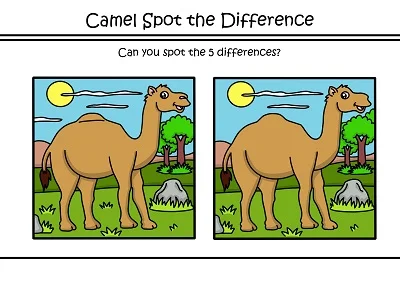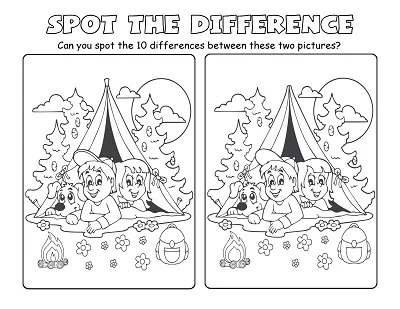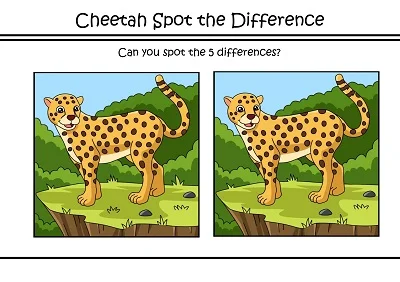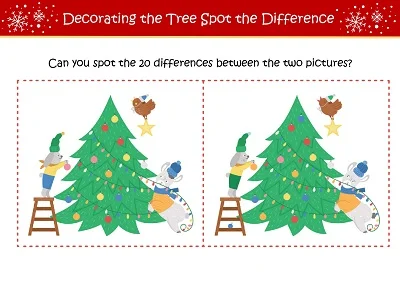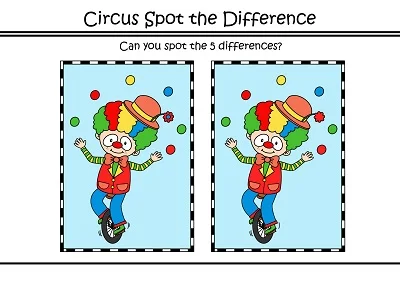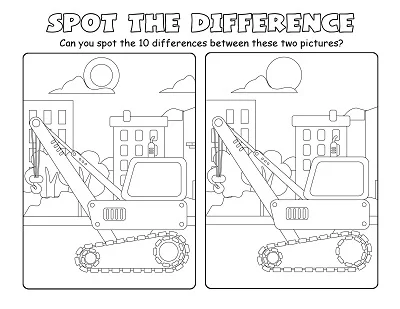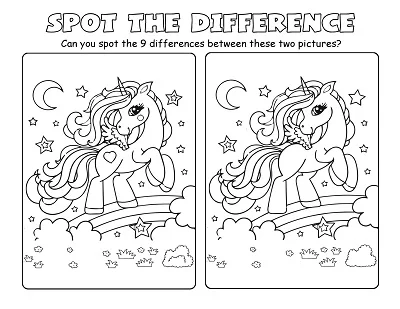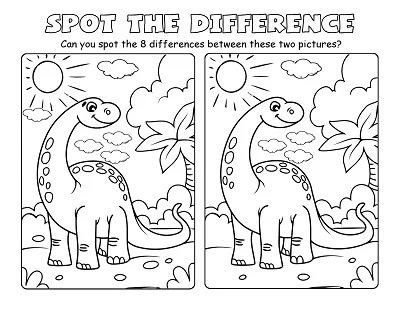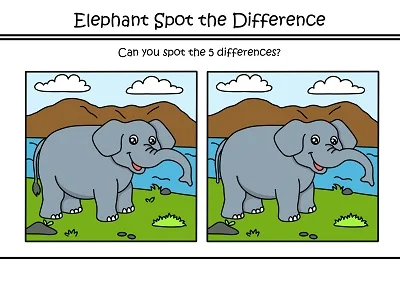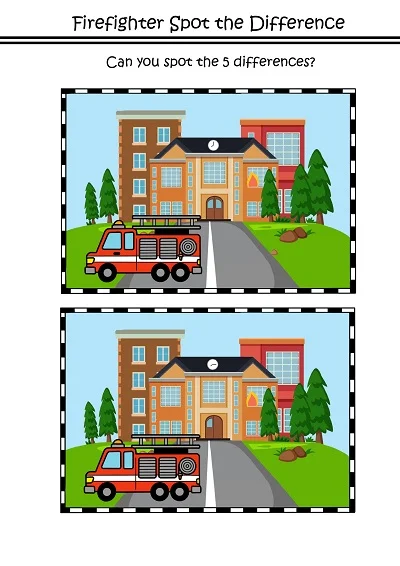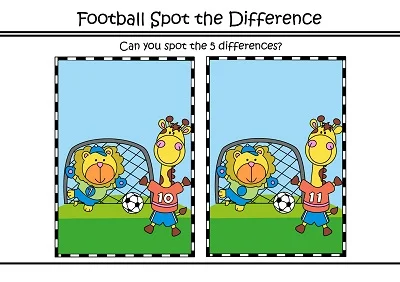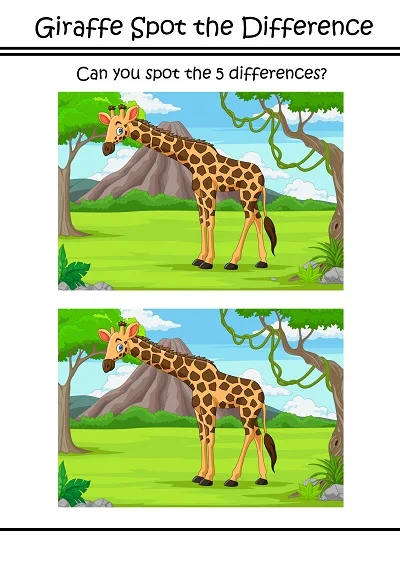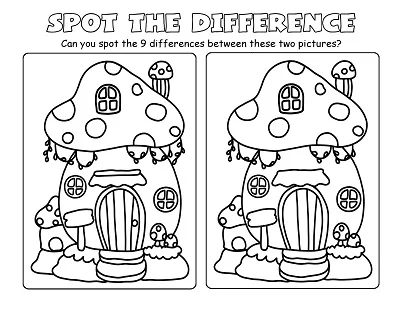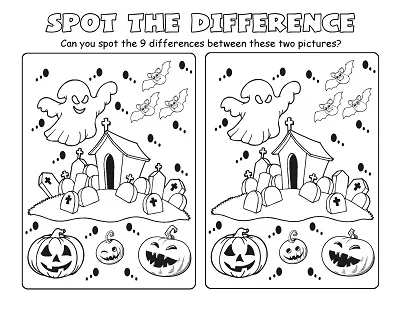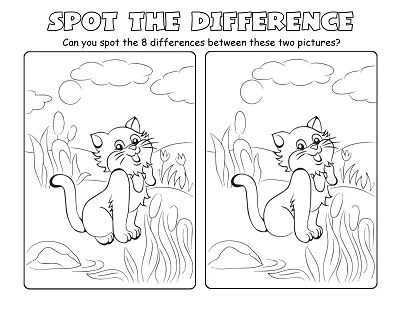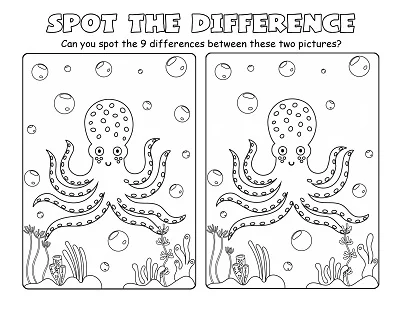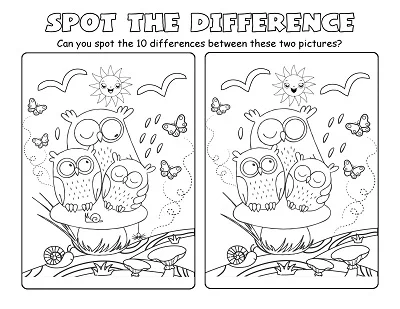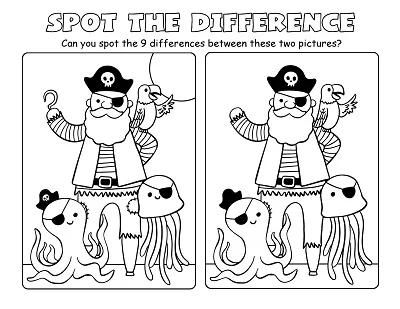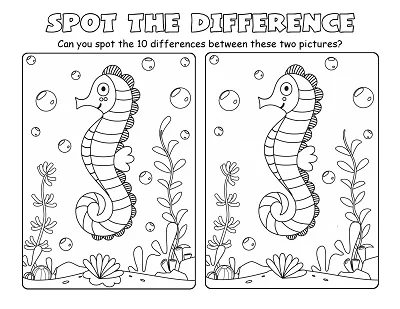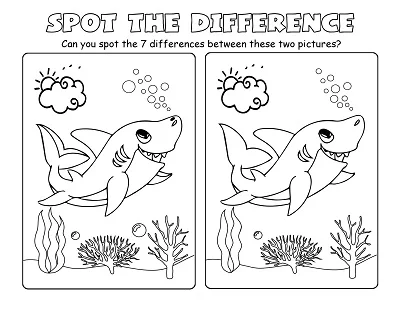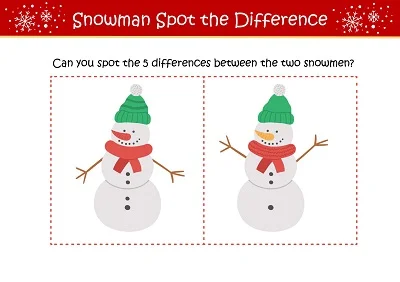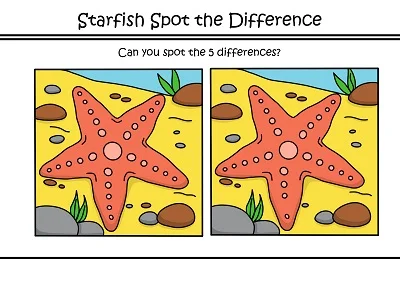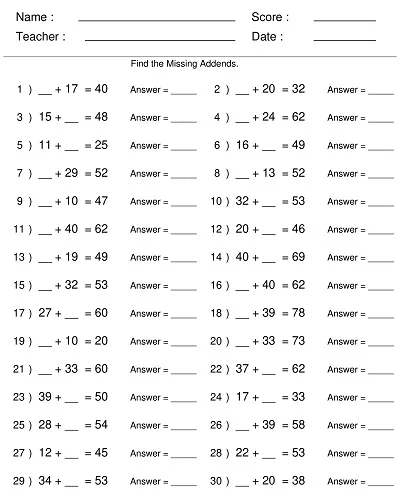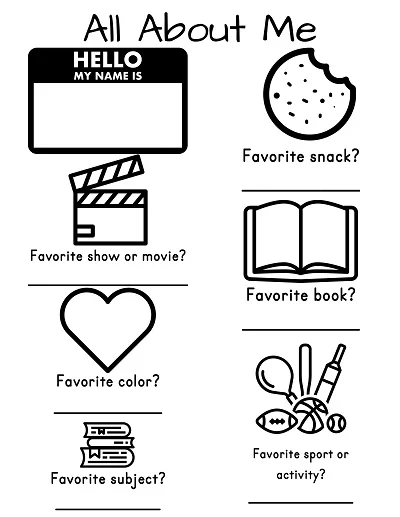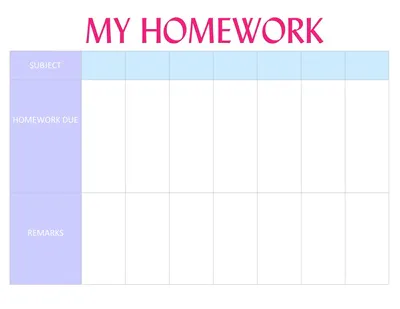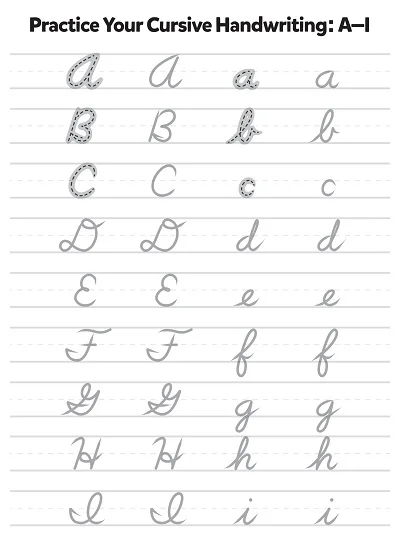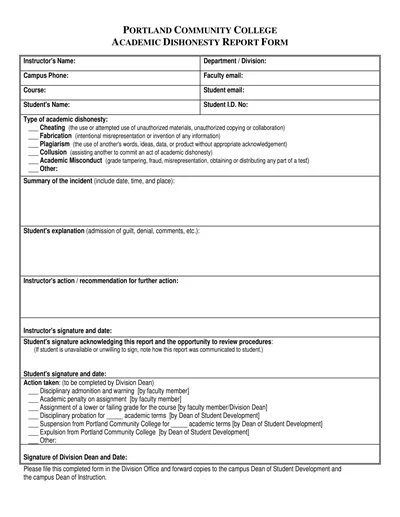Spot the Difference worksheets are teaching aids that involve two pictures drawn separately but looking very alike. The teacher sets a task to make students notice the differences between the two pictures.
Not only do these worksheets act like an interesting puzzle to the learners, but they can also be used to strengthen the thinking skills, focus, and observation factors among the different age groups of learners.
Download Free Spot the Difference Worksheets Printable
What are Spot the Difference Worksheets?
Worksheets that consist of Spot the Difference exercises are learning aids aimed at helping improve observation and thinking abilities in children. It consists of worksheets where two pictures are given side by side and look similar but differ.
The student’s task is to analyze both images, particularly focusing on these differences. This entertaining activity challenges students to focus and increases their concentration, appealing to teachers and children.
How to Use Spot the Difference Worksheets
Worksheets labeled ‘Spot the Difference’ are useful activities that can be applied in teaching to improve students’ ability to focus and observe.
Here’s how to effectively use them:
- Introduce the Concept: Before this, it must be understood that participants were well-informed about the task at hand. Note that two images are generally similar but have certain differences, and the viewer’s task involves finding those differences.
- Set a Comfortable Pace: Remind visitors they should have time and take time to look at the images in detail. They should also avoid emphasizing or stressing certain areas out of haste.
- Use Pointers: They must tell you when they use their fingers or a pointer to trace where they are looking. This technique assists in comparing rather different regions of the images more carefully.
- Highlight the Importance of Patience: If one wants and can spend a lot of time, it is possible to find all the differences between the two texts. Remind participants that there is no rush and that they must look closely to find all the differences.
- Discuss Strategies: At the end of the interaction, as part of a comprehension check, dwell on the strategies employed. Discussing how the differences were singled out is useful, as this provides ideas for potential worksheets.
- Provide Feedback: Affirm the student’s attempt and use the increased positive feedback paternalistically if the student cannot identify several differences. Please focus on the learning process instead of problems so that people focus on learning.
With these steps, the wanted aspects can be achieved, and the Spot the Difference worksheets can become a useful learning resource that can foster the improvement of critical observation skills in students in an engaging manner.
How to Play Spot the Difference
It is wise to introduce a lighter activity at the end, and “Spot the Difference” is one activity that can be integrated into the game. Here are the steps to get started:
1. Preparation
- Locate two images that are similar with little difference or produce two images that differ only slightly in appearance. Ensure both images are laid at the same proximity to facilitate a direct comparison between the two.
2. Objective
- The aim is to find as many differences between the two pictures as possible within the shortest period.
3. Rules
- The player who holds the pictures has to demonstrate the differences with his/her fingers and words and not by touching them.
- The sources are usually limited by the number of differences that can be searched for and found in a particular time.
- Hearing is extended to mean that no aids, including magnifying glasses, are allowed to ensure a level playing field for all students.
4. Playing
- When playing the game, start by powering or activating the timer if you are using one, and then let the participants look at the images.
- Whichever rule the players proceed with, in a call shot system, a player shouts when they see a difference, and depending on what the rules require, they either put a mark on their sheet or report to the adjudicator.
5. Scoring
- The differences marked by the players are correct, and they get one point for each identified difference.
- Game-wise, players may fail to gain a point (players can choose not to do this) if they find a different aspect.
6. Winning
- The last man standing emerges as the winner in this game when all differences are found or game time is exhausted.
- The winner is the one who earns the most points (correct finds). In the event of a tie, a separate round with other images not previously used for evaluation may be considered.
What are the benefits of Spot the Difference activities for children?
Gaining higher importance for children’s development, the educational values of the ‘find the difference’ or ‘spot the difference’ activities, which people often consider games, cannot be denied. Children enjoy these puzzles and enhance their ability to observe and concentrate while being confronted with the task of differentiating one image from another that looks like a copy of the first one.
These activities benefit learners by developing overall skills and knowledge by sharpening concentration and focus. Also, they contribute to the nurture of patience and keenness, given that children take time and energy to point at each difference. These puzzles can thus be reused in an educative context and adjusted to various learning domains so as to encourage participation and mastery of concepts in a fun manner.
How to Create a Spot the Difference Worksheet
Developing the “Spot the Difference” worksheets is productive and enjoyable for boosting the will to observe the subtleties and pay much-needed attention.
Here’s how to create them effectively:
- Choose an Appropriate Theme: Identify an appropriate and exciting topic that your target audience would find interesting. This could be anything – animals, historical events, or even brief moments in peoples’ lives.
- Select or Create Images: You must make two pictures that look virtually the same, but a difference must be accounted for. In the case of altering an image, an image repair may involve the use of a photo editing tool to edit an image or can also draw two picture versions by hand.
- Introduce Variations: Choose the position of the two images where the object or figure has similar characteristics and change minor aspects of the image. This could entail revisions such as altering color, adding or deleting objects on an image, or even changing the size and position of objects within the picture—a target for 5 to 10 points of variation.
- Ensure Clarity: Ensure that the photos used are properly focused and that distinguishing between the two does not require much time. This ensures the activity is as fun as possible and not CNS-draining or tedious.
- Instructions: This should be self-explanatory, but it helps to explain the task at the top of the worksheet. The players should list these elements and the number of differences they must find.
- Include an Answer Key: In preparing the answer key, it is recommended that each multiple-choice question bear the differences in its preparation as a guide. This can be done on the reverse of the worksheet or on a different sheet, where the student can check on his/her own afterward.
- Test Your Worksheet: It should also be noteworthy that before the self-assessing worksheet described above is distributed, it is possible to use the given material with a limited group of students and examine the ratios given in the table to adjust them to reveal appropriate difficulties that are not too hard to find.

